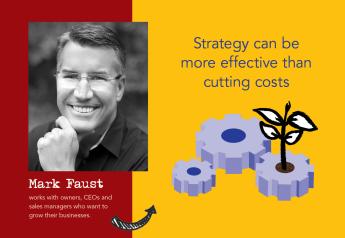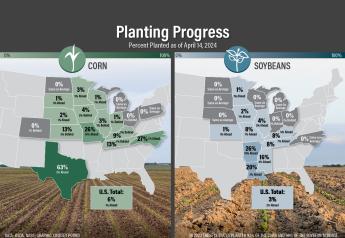Retailer Demos Fully Autonomous Drone

Since the introduction of the Scout—a fully autonomous drone for ag applications—at the end of 2017, American Robotics has been conducting its next round of field demonstrations. One such participant is the team at MKC.
The Scout can provide daily high-resolution crop health images—at 400’ and 200’ overhead heights. MKC has been experimenting with drones for the past three or four years, but as Troy Walker, precision ag manager for MKC explains, the team was eager to learn more about the fully autonomous capabilities.
The demonstration of the Scout was part of the co-op’s relaunched “Summer Ag Symposium” which also highlighted their WinField United Answer Plots.

“We’ve learned that growers like imagery of their fields,” Walker says. The co-op has an Optimal Acre program that includes a four-year contract for grid soil sampling, VRT fertilizer and seeding prescriptions, data analysis and WinField United R7 Tool in-season imagery with the costs spread out over four years.
“And that is why I saw promise in the American Robotics trial—we are looking for solutions to problems. In our experience, we’ve learned drones can be time and effort intensive. Drones can be relevant, and they are a great fit for retailers, but they have to be fully autonomous,” he says.
Here's video the MKC team captured with the drone:
Walker says combining agronomics and precision ag, the team at MKC is looking for tools to make decisions easier, more reliable and improve profitability.
“We don’t want to just be crop scouts, we want to be problem solvers. Drone imagery can give us better guidance on where we need to look further to solve a problem,” he says.
The trial with American Robotics lasted three weeks in the summer of 2018 with three drones in their territory. The Answer Plots as well as adjacent fields were flown daily.
With the development of the autonomous drone, now Walker says regulations need to get up-to-date.
“This drone can fly five miles and capture 1,000 acres a day. With battery technology changing and improving, the opportunities are opening up,” he says “Next, our biggest limitation is line-of-sight regulations and someone has to be on-site when the drone is in flight.”







